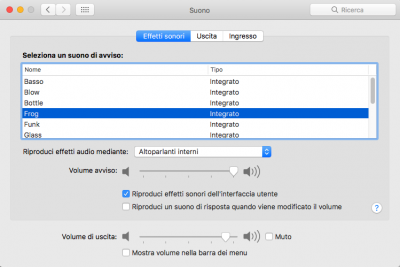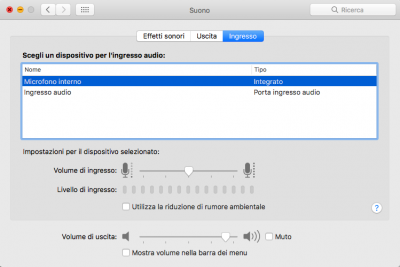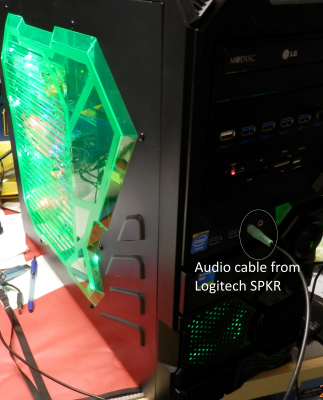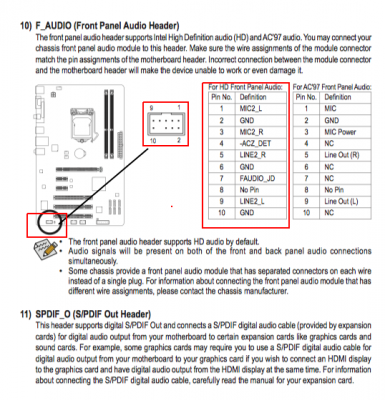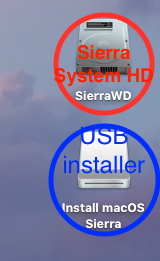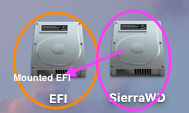It looks like you have not installed Clover Boot Loader on your MacOS HDD.
You need to install Clover EFI Bootloader on your Sierra System Disk (MacOS HDD).
You can do that using Multibeast 9.01 which is an all in one tool. MB can install Clover EFI Bootloader (r3766) in UEFI mode ( I guess that is what you have been using in your USB Installer) Drivers for your Audio, Network , USB and provide System Definition (example: iMac14,2) all by just click and select the various menu, finally clicking Build and selecting your Mac HDD from the "Install Drive" drop down .
If MB9.01 for some reason is not your choice, download the latest Clover EFI bootloader from
https://sourceforge.net/projects/cloverefiboot/ and install on to the Sierra HDD as UEFI .
Later, you can install Clover Configurator or EFI Mounter V3 mount the EFI of your Sierra USB installer and Copy the EFI folder inside the Mounted EFI partition.
Next you Open the EFI folder of the Mac Sierra HDD's EFI partition and Paste the previously copied EFI folder from the USB installer and replace .
What you are doing is to TRANSPLANT a perfectly working EFI folder from your USB installer on to the newly "CLOVERED" Sierra HDD and replacing the EFI folder created in it by the EFI-Clover bootloader you just installed .
Once that is done reboot and see if you can boot your System disk without the companion Bootloader USB
I hope my explanation is easy for you to understand.
If you need images, please post back.
Good luck.

